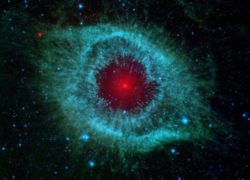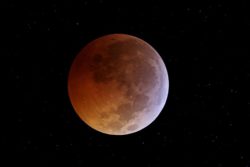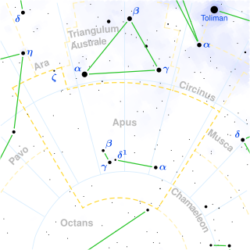Non-Rocket Spacelaunch – Tether propulsion
Tether propulsion consists in using long, very strong cables (known as tethers) to change the velocity of spacecraft and payloads. The tethers may be used to initiate launch, complete launch, or alter the orbit of a spacecraft. This form of propulsion would be significantly less expensive than spaceflight using modern rocket engines.
Future Car Technologies
New cars are being developed in order to make them more sustainable, safer, more energy efficient, and less polluting. These won't exactly be the cars we've seen in science-fiction movies, but they should be a big improvement over what we have today.
Non-Rocket Spacelaunch – Space Elevators in Fiction
This is the fourth and final part of the space elevator article of the non-rocket spacelaunch methods article series. This post will focus on references to the space elevator concept in fiction. The first mention of anything remotely similar to a space elevator was the beanstalk in the children's fairy tale called Jack and the Beanstalk, published in 1807.
Non-Rocket Spacelaunch – Extraterrestrial Space Elevator Concepts
Space elevators, a futuristic concept, could be adapted for various celestial bodies: Mars, the Moon, and even asteroids, they promise a revolution in space access.
Astronomy Picture of the Week – Helix Nebula
This eerie picture captured by the Spitzer Space Telescope shows the Helix Nebula, also known as NGC 7293. It is located 700 light-years away in the constellation of Aquarius. The two light-year diameter shroud of dust and gas around a central white dwarf is the result of the final stages in the evolution of a sun-like star. Dust particles are what makes this cosmic eye look red. Image Credit & Copyright: NASA, JPL-Caltech, Kate Su (Steward Obs., U. Arizona), et al.
Non-Rocket Spacelaunch – Space Elevator Safety Issues
The space elevator is a gigantic concept and as such it has many safety issues that would have to be resolved before construction begins. A space elevator would present a navigational hazard, both to aircraft and spacecraft.
Non-Rocket Spacelaunch – Space Elevator
Why non-rocket spacelaunch? Because the current chemical rockets are really expensive. In order to further explore outer space and establish a permanent human presence in space we need more cost efficient spacelaunch methods.
Astronomy Picture of the Week – 2010 Lunar Eclipse
Last week, on December 21 we witnessed a lunar eclipse. Below are some pictures of the eclipse: Image Credit & Copyright: Chris Hetlage Image Credit & Copyright: Itahisa N. González (Grupo de Observadores Astronómicos de Tenerife) Credit & Copyright: Jerry Lodriguss (Catching the Light)
Apus Constellation
Apus is a faint constellation in the southern sky. Its name means “no feet” in Greek and it represents a bird-of-paradise, which were once believed to have no feet. It was one of the twelve constellations created by Petrus Plancius in the late 16th century. The first known depiction of the constellation in a celestial atlas was in Johann Bayer’s Uranometria of 1603. Bird-of-Paradise after which the Apus constellation was named. Credit & Copyright: Roderick Eime. For more constellations see the Constellations Guide.
Astronomy Picture of the Week – Carina Nebula
This is a picture of the Carina Nebula, also known as NGC 3372. It is a huge nebula spanning over 300 light years. The dark shapes you can see in this image are actually clouds of molecular gas and dust so thick they appear opaque.
Introduction to Astronomy – Apparent magnitude
Yesterday I have used the term “apparent magnitude” in my article about the Antlia Constellation. Since some of you may be new to astronomy, I decided to start a new series of articles to introduce you to the topic. Each article of the series will focus on one scientific term used in astronomy. The series will not be a regular one: I will only write an article after using a complicated astronomy term that some of you would need me to explain. Definition The apparent magnitude (noted as m) of a celestial body is a measure of its brightness as seen by an observer on Earth. Since the apparent brightness…
Antlia Constellation
Antlia is a constellation in the southern sky and therefore has been unknown to the ancient Greeks and Romans. Its name means “pump” and it specifically represents an air pump. It was created by the French astronomer Abbé Nicolas Louis de Lacaille, who created fourteen constellations for the southern sky to fill some of the faint regions. He originally named it Antlia pneumatica to commemorate the air pump invented by the French physicist Denis Papin. It was later adopted by the International Astronomical Union as one of the 88 modern constellations under the shortened name of Antlia. Main Stars and Deep Sky Objects The Antlia constellation has no bright stars.…












